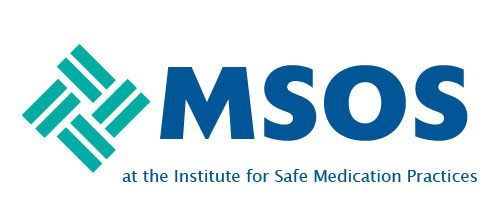Hello everyone,
I'm from a 300 bed, community hospital and am looking to see how other similar sized hospitals store paralytics for emergency use (ADC, physical kits, virtual kits, ect.) and the process of retrieval in code type situations. We currently do not have adequate pharmacy staff to respond to codes and provide medications for RSI 24/7.
We currently have rocuronium and succinylcholine loaded in our Pyxis machines in all ICU units that ICU nurses are able to override. As a safer option, we developed a "virtual kit" that ICU nurses can also override to pull in emergency situations. The Pyxis kit must be overridden under a specific patient, and it opens each component of the kit (etomidate, succhyncoline, and rocuronium) one item at a time with pop-up alerts for each drug.
Nurses have expressed appreciation of the virtual kit from a safety perspective, but it has proven to be very time consuming especially for codes that are called on med surg units where paralytics are not stored in the pyxis machines. What processes have organizations implemented to ensure safe but timely RSI drug access in code type situations?
Thanks,
Abby Puckett

